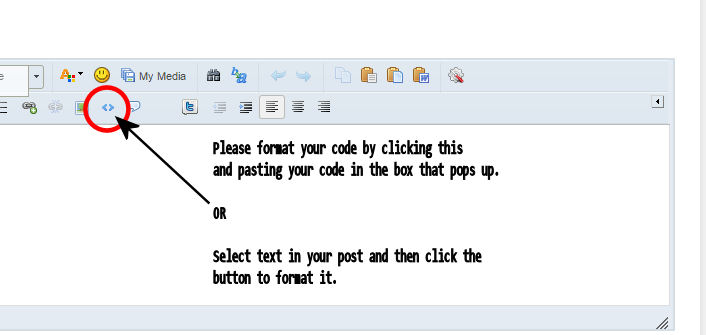Hello.
I have this scene:
1- A floor (static, bounce = 0, friction = 0)
2- Gravity (0,9.8) default
3- 4 Squares falling from the sky (dynamics, bounce = 0, friction = 0)
4- The squares spawn with 500ms delay between each other and fall to the same destination. Like a stack.
Even with bounce = 0, when one square colide with another one, they simulate a very small bounce.
How do I remove this annoying small bounce everytime one square fall from the sky and collide with another one already in the ground?
Thank you so much

